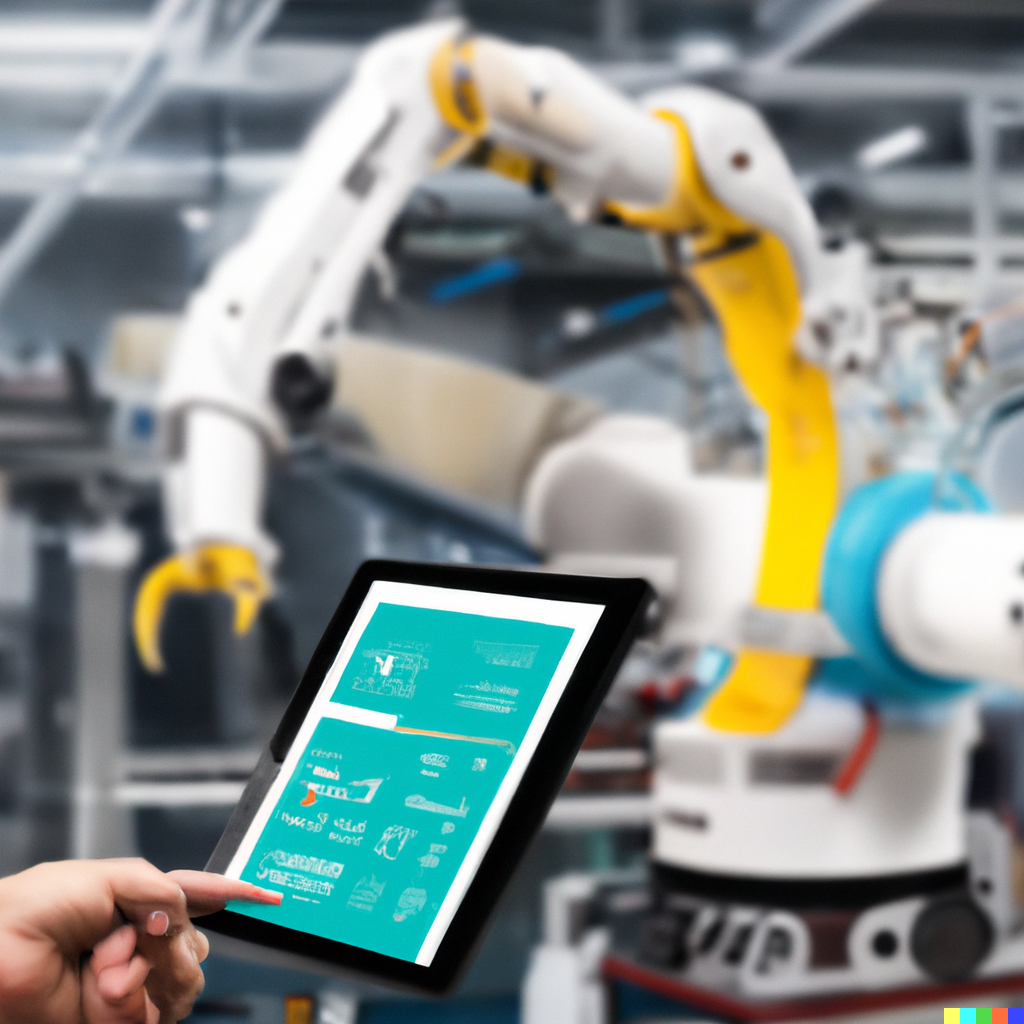July 21 | Manufacturing Technology ManuTech

The manufacturing industry has always been a cornerstone of economic growth and innovation. From the steam engines of the Industrial Revolution to the assembly lines of the 20th century, technological advancements have continually reshaped the landscape of manufacturing. Today, we stand on the brink of another revolution, driven by cutting-edge technologies that promise to transform the way we produce goods. This article explores the current trends and future prospects of Manufacturing Technology (ManuTech) and how businesses can harness these innovations to stay competitive in a rapidly evolving market.
The First Industrial Revolution, which began in the late 18th century, was marked by the transition from manual labor to mechanized production. Innovations such as the spinning jenny, the power loom, and the steam engine revolutionized textile manufacturing and paved the way for mass production.
The Second Industrial Revolution, occurring in the late 19th and early 20th centuries, saw the advent of electricity, the internal combustion engine, and assembly line production. These innovations significantly increased production efficiency and lowered costs, leading to the mass production of automobiles, appliances, and other consumer goods.
The late 20th century brought about the Third Industrial Revolution, characterized by the rise of digital technology. Computers, robotics, and automation became integral parts of the manufacturing process, enhancing precision, reducing waste, and enabling the production of complex products with unprecedented accuracy.
We are now in the midst of the Fourth Industrial Revolution, also known as Industry 4.0. This era is defined by the fusion of physical and digital technologies, creating smart factories that leverage data, connectivity, and advanced computing power to optimize production processes. Key technologies driving this revolution include:
IoT refers to the network of interconnected devices that collect and exchange data. In manufacturing, IoT enables real-time monitoring of machinery, predictive maintenance, and optimization of production lines. By analyzing data from sensors embedded in equipment, manufacturers can identify potential issues before they lead to downtime, thus improving efficiency and reducing costs.
AI and machine learning algorithms are transforming manufacturing by enabling predictive analytics, quality control, and process optimization. These technologies can analyze vast amounts of data to identify patterns and make data-driven decisions, enhancing productivity and reducing waste.
Additive manufacturing, commonly known as 3D printing, allows for the creation of complex, customized parts with minimal material waste. This technology is particularly valuable for prototyping, small-batch production, and the creation of intricate components that would be difficult or impossible to produce using traditional methods.
Modern robotics have advanced far beyond simple repetitive tasks. Collaborative robots (cobots) can work alongside human operators, enhancing productivity and safety. These robots are equipped with sensors and AI, enabling them to adapt to changing conditions and perform complex tasks with high precision.
AR and VR technologies are being used for training, maintenance, and quality control in manufacturing. AR can overlay digital information onto the physical world, assisting workers in assembling complex products or diagnosing issues. VR, on the other hand, provides immersive training environments where workers can practice skills without the risk of damaging equipment or causing injuries.
By integrating advanced technologies, manufacturers can streamline their operations, reduce downtime, and optimize resource utilization. This leads to higher production rates and lower operational costs.
AI-powered quality control systems can detect defects and inconsistencies in real-time, ensuring that only products meeting the highest standards reach the market. This reduces waste and enhances customer satisfaction.
Additive manufacturing and robotics provide manufacturers with the flexibility to produce customized products and quickly adapt to changing market demands. This agility is crucial in today’s fast-paced, consumer-driven market.
IoT-enabled monitoring and predictive maintenance can identify potential hazards before they lead to accidents. Additionally, collaborative robots can take over dangerous tasks, reducing the risk of injury to human workers.
While the benefits of ManuTech are substantial, there are also challenges to consider. These include:
Implementing advanced technologies often requires significant upfront investment in equipment, software, and training. However, the long-term benefits can outweigh the initial costs.
As manufacturing systems become more interconnected, the risk of cyberattacks increases. Protecting sensitive data and ensuring the integrity of production processes is critical.
The integration of new technologies may require workers to acquire new skills. Ongoing training and education are essential to ensure a smooth transition and to maximize the benefits of ManuTech.
Manufacturing Technology (ManuTech) is revolutionizing the way we produce goods, offering unprecedented levels of efficiency, quality, and flexibility. By embracing technologies such as IoT, AI, additive manufacturing, advanced robotics, and AR/VR, manufacturers can stay competitive in an increasingly complex and dynamic market. While challenges exist, the potential rewards make it imperative for businesses to invest in these innovations and prepare for the future of manufacturing.
I hope this article meets your needs! If you have any specific points or additional topics you would like to include, feel free to let me know.
SHARE THIS:
© Copyright 2025Global Tech AwardsAll Rights Reserved